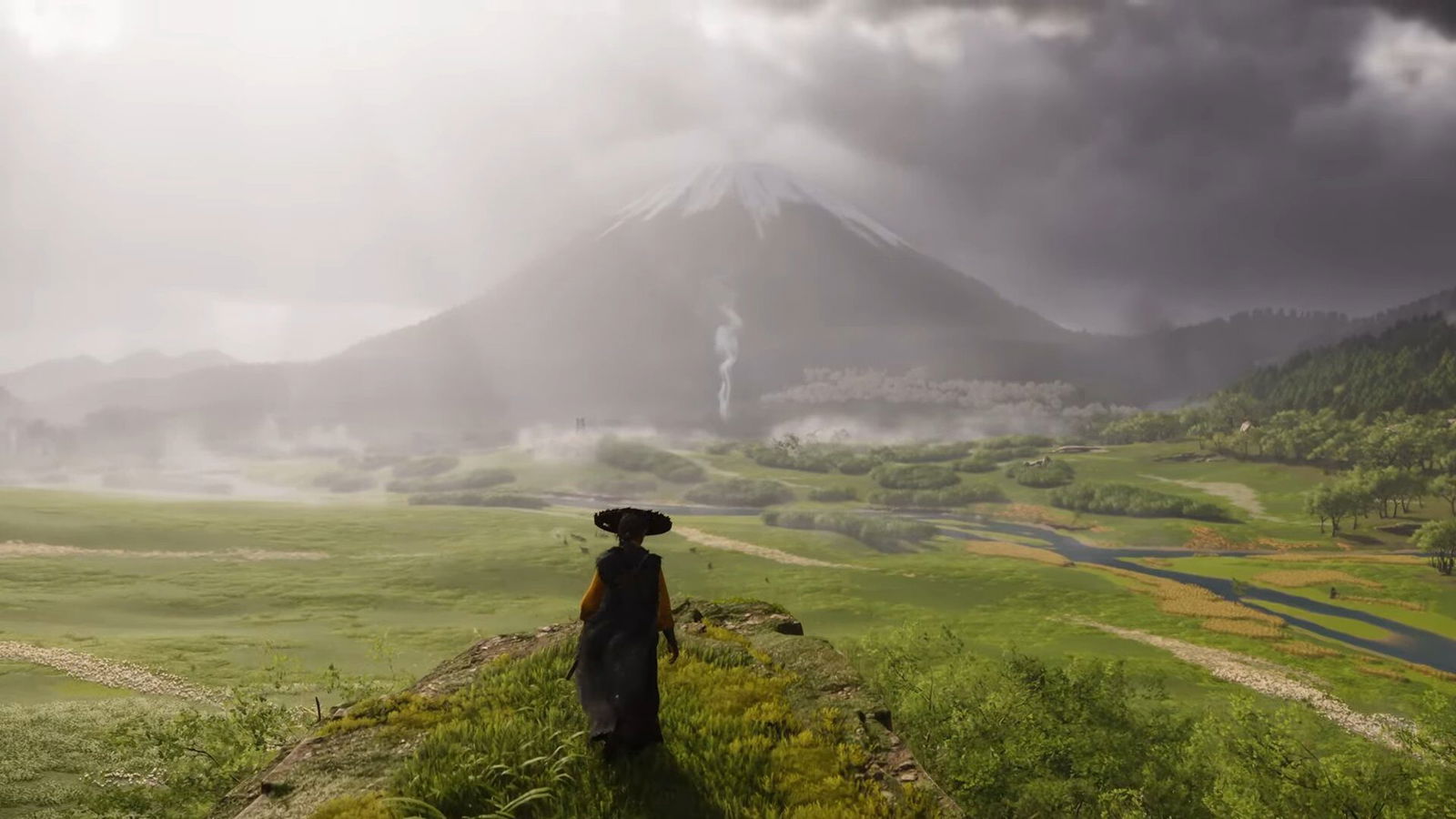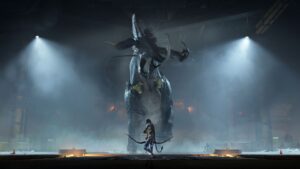Ghost of Yōtei is here and continues the excellent track record set by 2020’s Ghost of Tsushima. Of course, a big part of Yōtei’s success stems from the stellar art direction that brings Edo and Atsu’s quest for vengeance to life, just like it did for Jin’s conquest, 300 years prior. At the heart of both games is Joanna Wang, the Art Director for Sucker Punch’s latest and greatest.
With a career spanning 20 years at Sucker Punch, Joanna began as a Texture Artist for the Sly Cooper series, moving on to the likes of Infamous, and, of course, eventually Ghost of Tsushima, having done work on every generation of PlayStation hardware since the PS2. With the release of Ghost of Yōtei, Joanna took the time to sit down with CGMagazine to discuss her work on the game and how a trip to Japan helped inspire her and the rest of the art team at Sucker Punch in bringing the world to life on PlayStation 5.
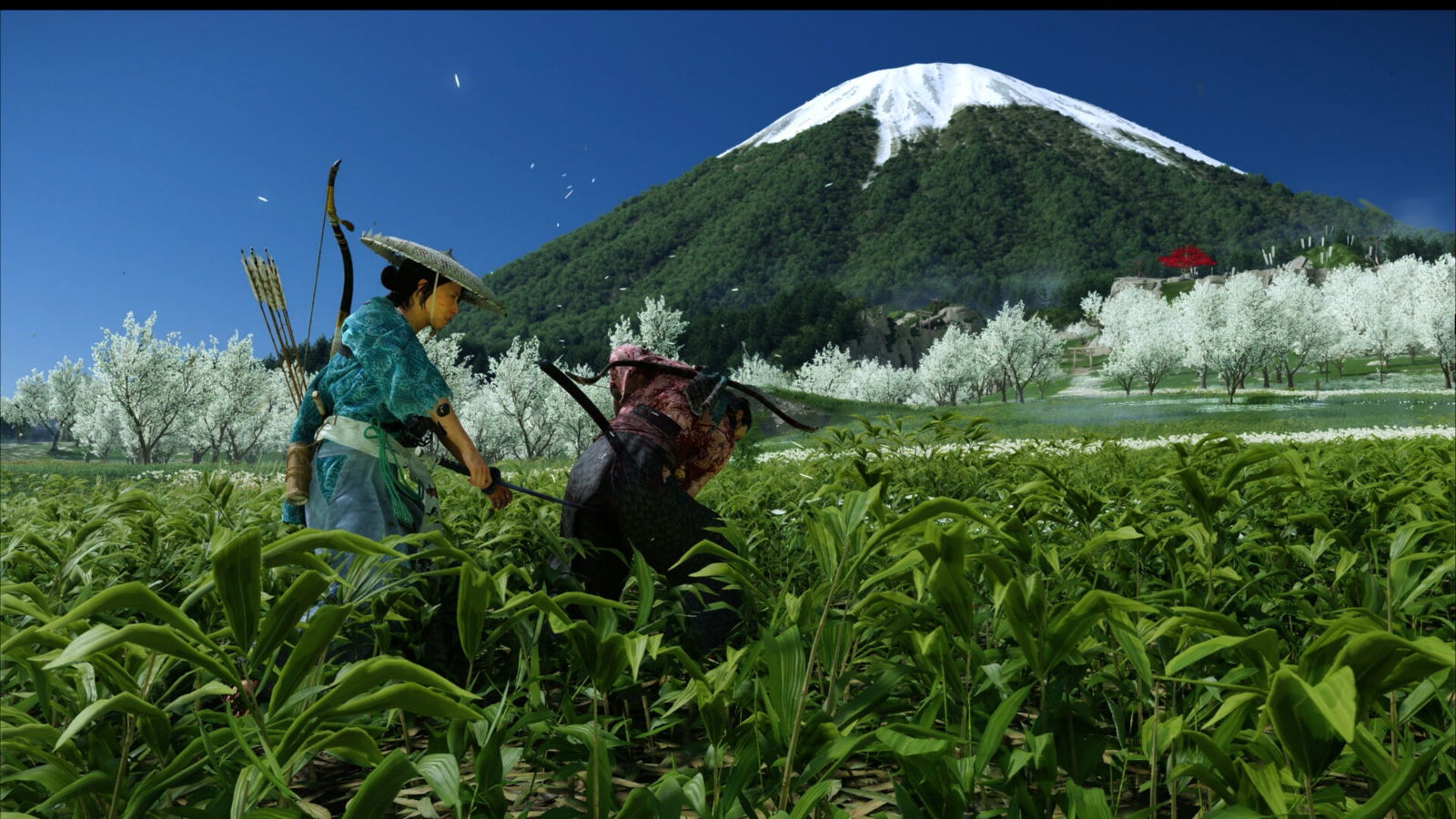
How early on in development was Hokkaido chosen to be where Ghost of Yōtei would take place, and why?
Joanna Wang: After we finished Ghost of Tsushima, we began to look into the locations where the sequel could take place. And Hokkaido quickly stood out to us. It was called Ezo during that time period, and the land is beyond the edge of Japan, making it wild, remote and untamed. Endless fields, forests that stretch all the way into the shadows, and snowy mountains, with an overall feeling of vastness. We definitely felt we could tell a lot of stories on the unique land.
Like Ghost of Tsushima before it, Yōtei features an expansive open world. What are some key design elements and goals put in place to differentiate Yōtei from Tsushima, while still being true to the design philosophies of the series?
Joanna Wang: We built everything on the foundation of Ghost of Tsushima, but since Hokkaido is vast, we wanted the player to feel immersed as a lonely warrior, so we put in lots of cool elements, such as boost flowers that can boost up your speed when on your horse, including some of the rivers, which can speed up your horse too. And the camping, which can bring the world to you, as the game is pretty big and massive, to make your route easier and more relaxing.
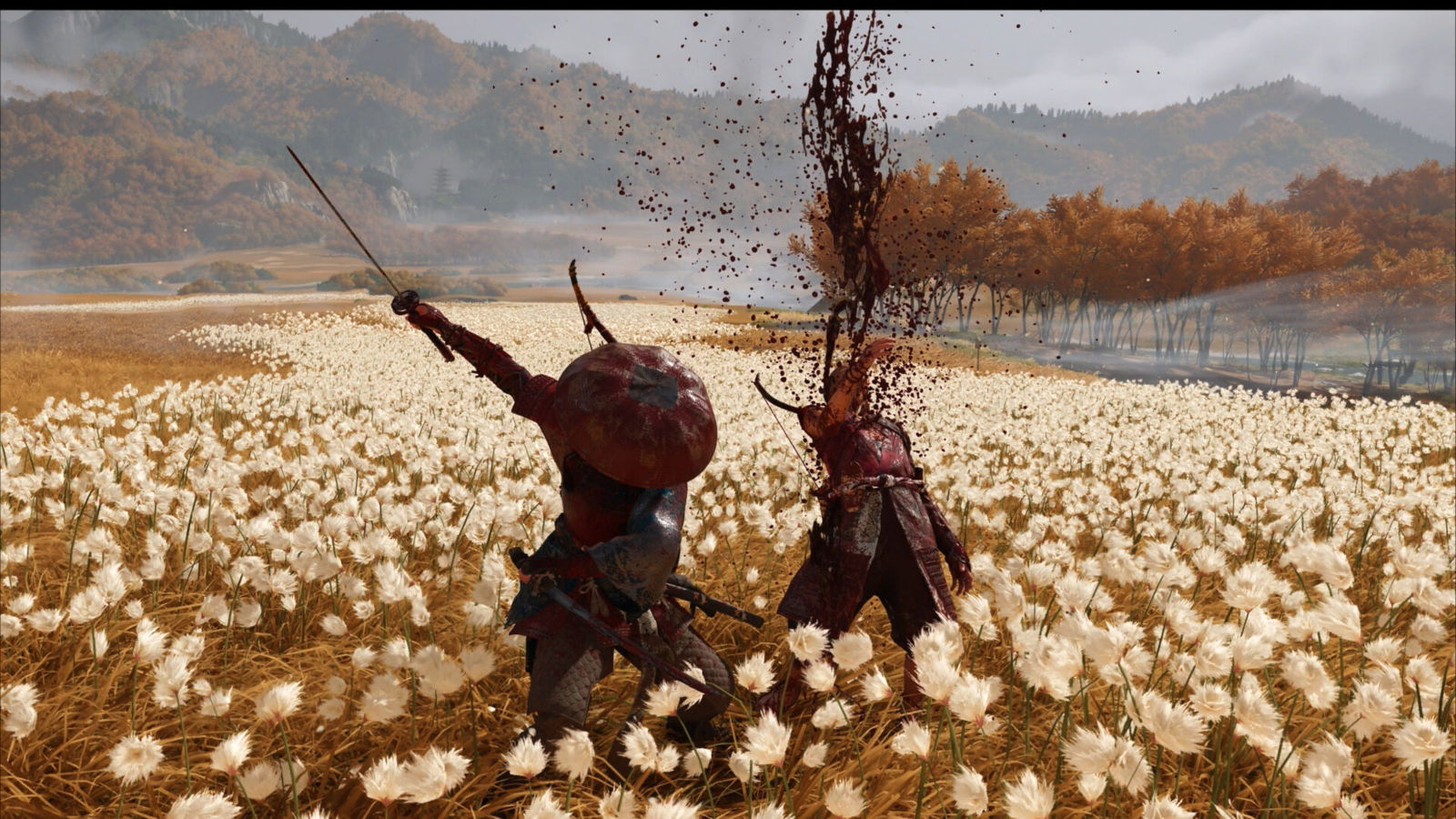
Ghost of Yōtei heavily features the indigenous Ainu people, including a plethora of meticulously crafted collectables inspired by their culture. Can you tell us what steps were taken to bring them to life?
Joanna Wang: We recognize the responsibility of telling the story outside of our culture. And just like the work we did for Ghost of Tsushima, we surrounded ourselves with advisors who are experts in different areas of Japanese culture, and this time, we had an Ainu advisor, and we took the responsibility of respecting their culture as being super important.
We made a trip to Hokkaido, and a big part of the trip was meeting the Ainu expert families in person. We were picking the wild mushrooms with them, and they showed us how they recognize plants that are safe to eat, while showing us how they respect nature — taking only what you need and always giving thanks. They showed us the traditional fabric designs and art crafts that they do. We visited the National Ainu Museum, and they gave us a very detailed tour explaining those historic items (in-game collectables).
Of course, it goes without saying that Akira Kurosawa and Takashi Miike are a big part of Ghost of Yōtei’s identity, but beyond the obvious, were there any other specific pieces of media or other inspirations used during the development of the game?
Joanna Wang: Princess Mononoke, and of course, Yojimbo, Lady Snowblood, and Unforgiven, which was shot in Hokkaido and 13 Assassins, and lots of those movies are great inspiration for our team. Cinematography and how the landscape is being represented were important to us. Most importantly, we were also looking at lots of traditional art. Japan has a long history of art, such as woodblock and ink painting, which we really studied, going as far as studying how they painted a blade of grass.
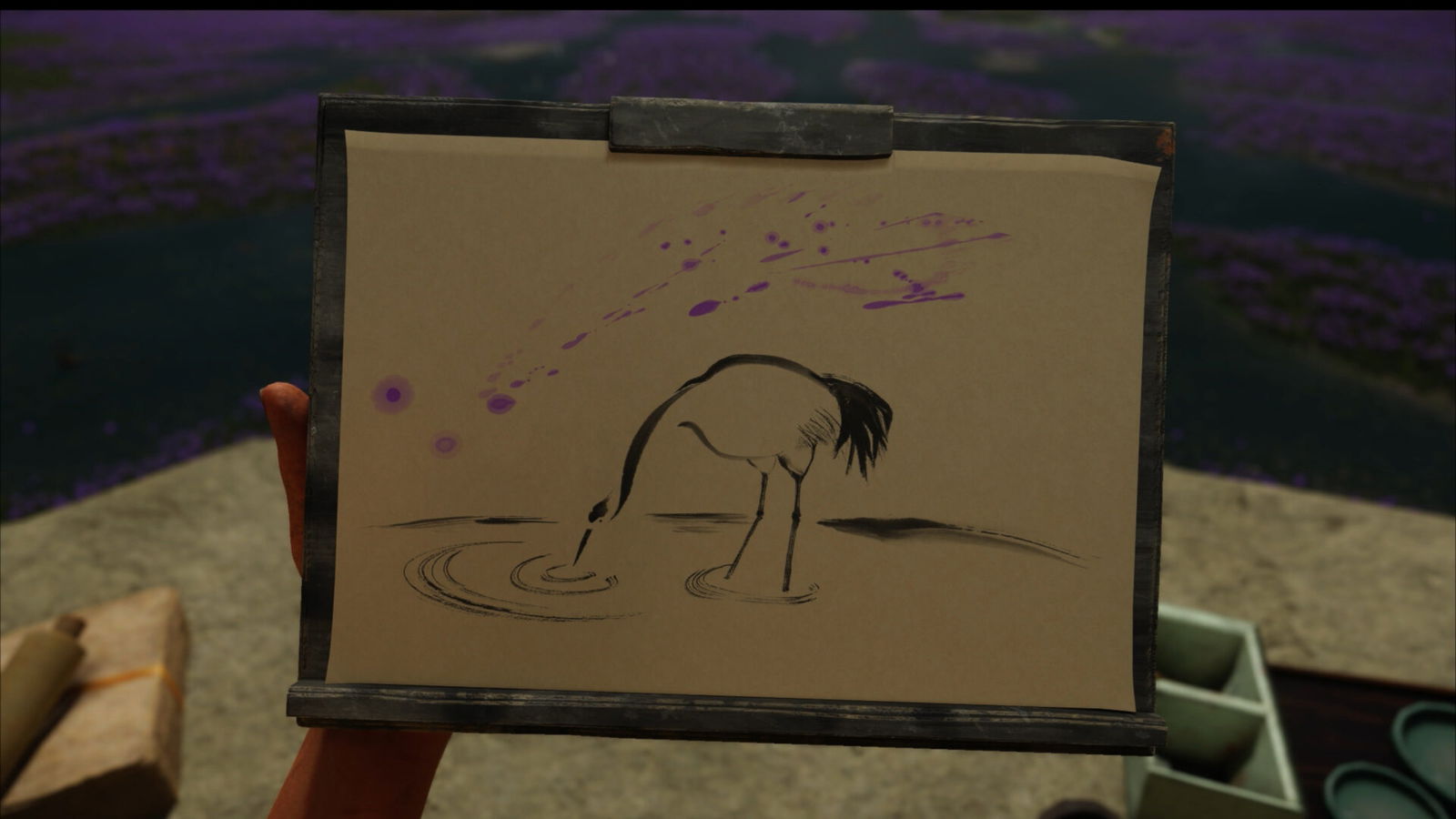
On the topic of traditional art, did you work on the Sumi-e art that cleverly uses the DualSense controller in Ghost of Yōtei?
Joanna Wang: The power of the PlayStation 5 with the DualSense controller made it possible for us to actually work with a traditional Japanese artist, who is a Sumi-e artist, who is working on paper, who then sends it back to us. We are using our digital ways to try to mimic this traditional painting, creating a collaboration of traditional meets modern.
Ghost of Tsushima was ultimately a cross-generational game, initially targeting PlayStation 4, while Ghost of Yōtei is currently a PlayStation 5 exclusive. With the jump to more powerful hardware, what can players expect from a visual standpoint that was not possible on last-gen hardware?
Joanna Wang: From the visual art aspect, because we are making Hokkaido, and the big difference is how vast the land is. You are able to see vertically and horizontally a much greater draw distance, showcasing the richness of the world. To create a dynamic world, we have an all-improved cloud system that uses particles, mist and haze to utilize the depth of the space. We also have the DualSense haptics, such as the clashing of the weapons and even the shamisen. I remember asking our particle artists, and they said the game uses around a quarter million of particle effects that we are able to load.
And finally, do you have any favourite elements or flourishes you have worked on for Ghost of Yōtei that you want to share or are excited about for players to discover?
Joanna Wang: Yes! And this is a very good question because with the name of the game being called Ghost of Yōtei, there was one day, when I thought I already knew our game pretty well, but playing the section where I was climbing the mountain, when I saw the land stretching every direction beneath my feet, and the distant clouds rolling, I was wowed.
Even after playing the game often, it reminded me of the first time I saw the mountain in Hokkaido, and this is the perfect shape, the snow-capped mountain, towering against the whole land; it was almost a magical feeling, and I definitely had that emotional feeling in-game. Hopefully, the players who have the chance to climb the mountain will enjoy it regardless of whether they’ve been there in person.
Ghost of Yōtei released on October 2, 2025, on PS5
